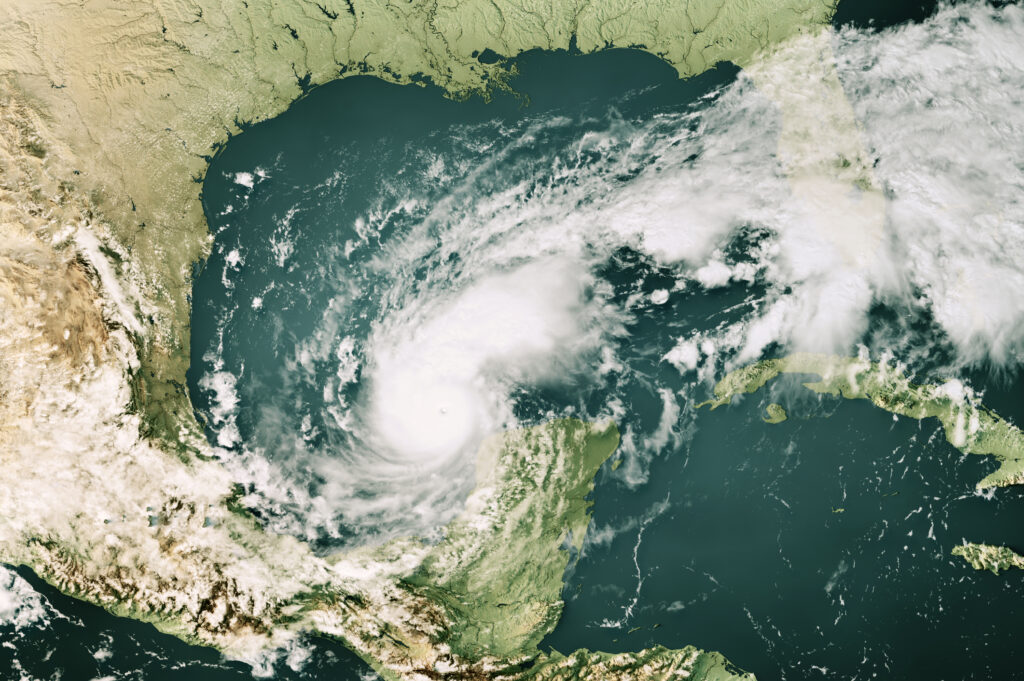
Colorado State University researchers are standing by their prediction for a “slightly above-average” 2025 Atlantic hurricane season, while warning of heightened tropical activity over the next two weeks.
Led by Dr. Phil Klotzbach, senior research scientist at CSU and Triple-I non-resident scholar, the team maintains their forecast of 16 named storms, eight hurricanes, and three major hurricanes through November 30. The forecast calls for 115 percent of average hurricane activity compared to the 1991-2020 baseline, a decrease from 2024’s 130 percent. However, the immediate outlook is more concerning, with a 55 percent chance of above-normal activity through August 19.
Current activity includes Tropical Storm Dexter, which formed off North Carolina on August 3 and may strengthen to Category 1 status as it moves into the Central Atlantic. The National Hurricane Center is also monitoring a new system labeled Invest 96L in the Eastern Atlantic. The term “invest” is a naming convention used by the National Hurricane Center to identify a system that could develop into a tropical depression or tropical storm within the next seven days. The designation allows the agency to run specialized computer forecast models to track the area’s potential storm development.
The heightened forecast stems from unusually warm tropical Atlantic waters.
“Weaker winds over the past few weeks have reduced evaporation and ocean mixing, leading to faster warming,” Klotzbach explained. These warmer waters provide more fuel for hurricane development and create atmospheric conditions that favor storm formation.
Major hurricane landfall probabilities remain elevated: 48 percent for the entire continental U.S. coastline, 24 percent for the East Coast, and 31 percent for the Gulf Coast — all above historical averages.
Learn More:
“Active” Hurricane Season Still Expected, Despite Tweak to CSU Forecast
BRIC Funding Loss Underscores Need for Collective Action on Climate Resilience
JIF 2025: Federal Cuts Imperil Resilience Efforts
Louisiana Senator Seeks Resumption of Resilience Investment Program
Study Touts Payoffs From Alabama Wind Resilience Program
Resilience Investments Paid Off in Florida During Hurricane Milton
Hurricane Helene Highlights Inland Flood Protection Gap
Weather Balloons’ Role in Readiness, Resilience
Why Roof Resilience Matters More Than Ever
FEMA Highlights Role of Modern Roofs in Preventing Hurricane Damage
ClimateTech Connect Confronts Climate Peril From Washington Stage

